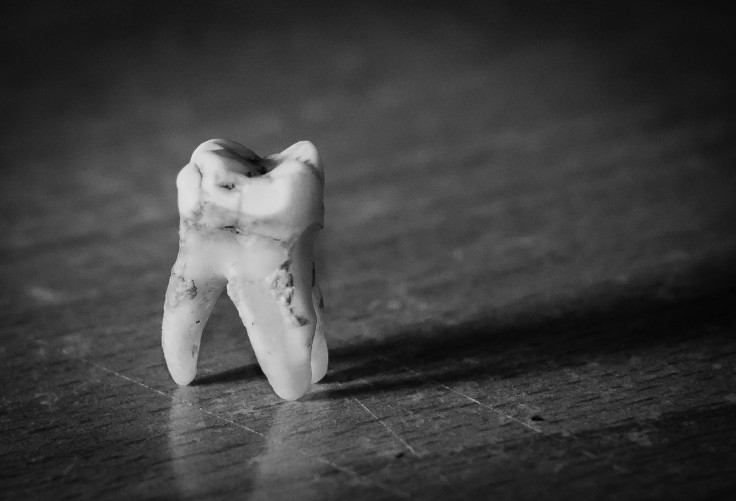Teeth May Reveal Early Intake Of Iron, An Overexposure To Which May Be Linked To Neurodegenerative Diseases

If the eyes are the window to the soul, are teeth the window to… neurodegenerative diseases? A new theory published in Nature Reviews Neurology suggests that early iron exposure may lead to neurodegenerative diseases such as Parkinson ’s disease later in life, and that looking at a person’s teeth may be able to give us an overview of their past exposure.
“Teeth are of particular interest to us for the measurement of chemical exposure in fetal and childhood development: they provide a chronological record of exposure from their microchemical composition in relation to defined growth lines, much like the rings in a tree trunk,” said Dr. Manish Arora, director of exposure biology at the Senator Frank Lautenberg Environmental Health Sciences Laboratory at Mount Sinai and associate professor in preventive medicine and dentistry at the Icahn School of Medicine, in a press release. “Our analysis of iron deposits in teeth as a method for retrospective determination of exposure is just one application: we believe teeth have the potential to help track the impact of pollution on health globally.”
Dr. Arora, along with Dr. Dominic Hare, was able to use dental biomarker technology to distinguish breast-fed babies from formula-fed ones — something that may be important in determining the link between increased iron intake as an infant and neurodegenerative diseases, which are associated with irregular iron processing. Obviously, not all formula-fed babies will experience any such disease in adulthood, but the combination of early iron exposure and a predisposition to impaired metal metabolism could be enough to damage cells over time.
"Only now do we have the technology available to use to look back in time at someone's diet as a child, more than 60 years after they stopped wearing diapers," Hare said in a press release. Hare is a Chancellor's Research Fellow in the Elemental Bio-imaging Facility at the University of Technology Sydney. "State-of-the-art imaging technology is a chemical time machine that can tell us about decades-old chemical exposures that are equivalent to a drop of ink in a swimming pool."
Baby formula and fortified cereals have been growing in popularity across the world, so the importance of understanding human iron metabolism has become much more urgent. Adding iron to formula has been standard in the industry for decades — mostly because so many people worldwide are thought to be suffering from chronic anemia and iron deficiency. According to the authors, evidence that American and European children are getting too little iron is insufficient, and the nutritional and developmental benefits of iron are modest. The European Society for Paediatric Gastroenterology, Hepatology, and Nutrition has since said that there’s no reason that babies of normal birth weight need iron supplementation, yet in the U.S. it’s still commonplace.
“While it might seem like drawing a long bow linking what happens in childhood to diseases we think of as associated with growing old, the increasing rates of these diseases mean we need to do everything we can to find out what might play a role in how the disease starts,” Hare said. “Knowing this gives us something to target when designing new treatments.”
Apart from the theory that infant iron exposure leads to an increased risk of neurodegeneration, researchers believe that determining iron supplementation based on an infant’s individual needs should be a pediatric priority. Formula manufacturers’ current one-size-fits-all approach to iron supplementation may be both clinically unnecessary and dangerous later on in life.
Source: Hare D, Arora M, Jenkins N, Finkelstein D, Doble P, Bush A. “Is early-life iron exposure critical in neurodegeneration?” Nature Reviews Neurology. 2015.



























